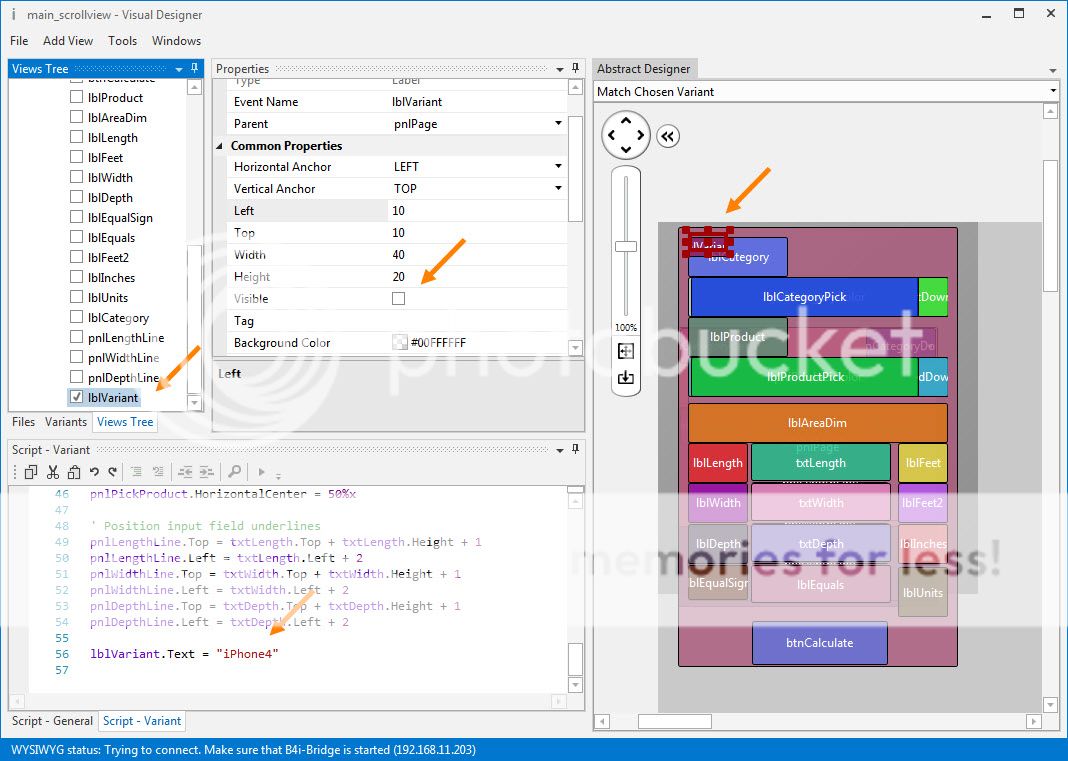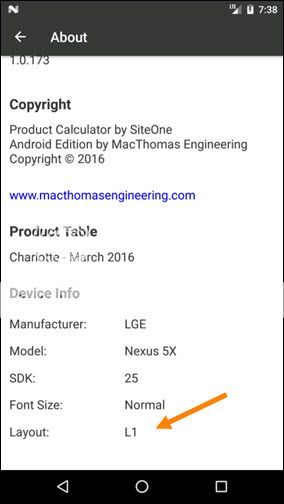I uploaded my first app to play store.
Everything was ok but in "Optimization tips" google said that:
Your APK must include customizable design resources for common tablet screen densities.
And also that I should upload capture screen for tablets.
So I did those captures and also I changed the icon launcher (the only icon I have) following the info of PhilipBrown here
https://www.b4x.com/android/forum/threads/implementing-launcher-icons-using-mipmap.51550/
where i'ts perfectly explained.
putting different size ic_launcher.png in the mipmap folders.
I also changed the manifest editor as PhilipBrown says.
SetApplicationAttribute(android:icon, "@mipmap/ic_launcher")
And everything works ok, I see a smaller icon than before on the phone, and big on the tablet.
After upload the new version, play store now doesn't mention the tablet captures (so it's ok) but it continues saying that:
Your APK must include customizable design resources for common tablet screen densities.
with this link https://developer.android.com/distribute/essentials/quality/tablets.html#use-tablet-icons
The question is, what more must I do?
My app has a single activity and several layouts as panels (with autoescale all and percents) and all look ok in the UI Cloud, also in the phone and 7 inch tablet I have.
I have another question but the main is the previous.
I have only one icon (the app icon) but I tried to add another one and put the different versions in the correspondent drawable- hdpi etc. folders but it does not work, the new icon replaces the app icon.
So the second question is how to get an icon or any image be shown according the device like in the launcher icon, and what must I add to the manifest?.
It would be ideal an example like the one of the icon launcher by PhilipBrown.
Thank you.
Everything was ok but in "Optimization tips" google said that:
Your APK must include customizable design resources for common tablet screen densities.
And also that I should upload capture screen for tablets.
So I did those captures and also I changed the icon launcher (the only icon I have) following the info of PhilipBrown here
https://www.b4x.com/android/forum/threads/implementing-launcher-icons-using-mipmap.51550/
where i'ts perfectly explained.
putting different size ic_launcher.png in the mipmap folders.
I also changed the manifest editor as PhilipBrown says.
SetApplicationAttribute(android:icon, "@mipmap/ic_launcher")
And everything works ok, I see a smaller icon than before on the phone, and big on the tablet.
After upload the new version, play store now doesn't mention the tablet captures (so it's ok) but it continues saying that:
Your APK must include customizable design resources for common tablet screen densities.
with this link https://developer.android.com/distribute/essentials/quality/tablets.html#use-tablet-icons
The question is, what more must I do?
My app has a single activity and several layouts as panels (with autoescale all and percents) and all look ok in the UI Cloud, also in the phone and 7 inch tablet I have.
I have another question but the main is the previous.
I have only one icon (the app icon) but I tried to add another one and put the different versions in the correspondent drawable- hdpi etc. folders but it does not work, the new icon replaces the app icon.
So the second question is how to get an icon or any image be shown according the device like in the launcher icon, and what must I add to the manifest?.
It would be ideal an example like the one of the icon launcher by PhilipBrown.
Thank you.





